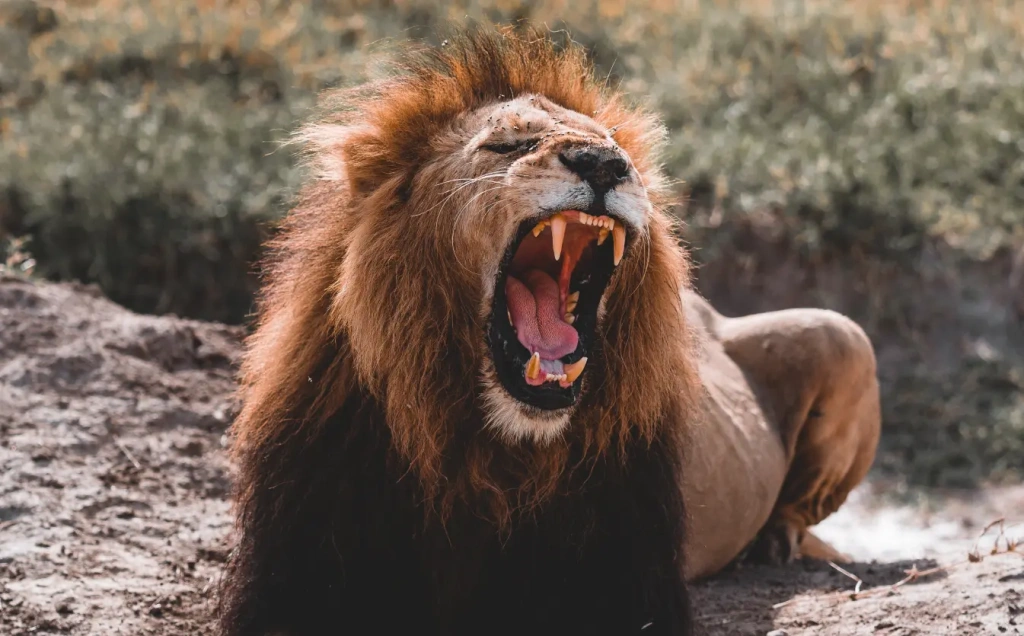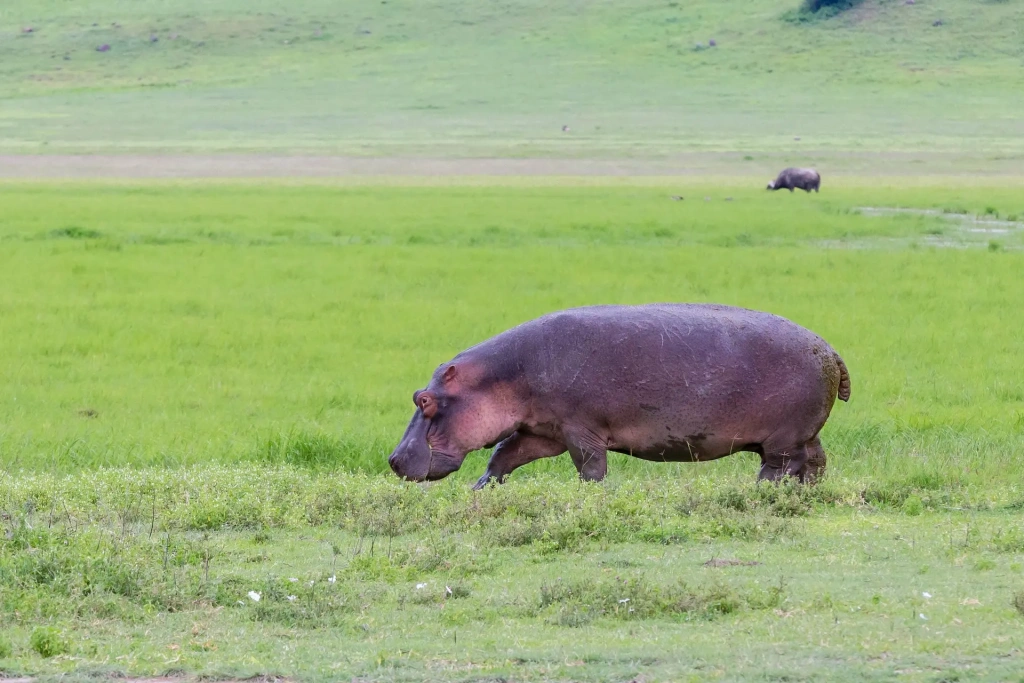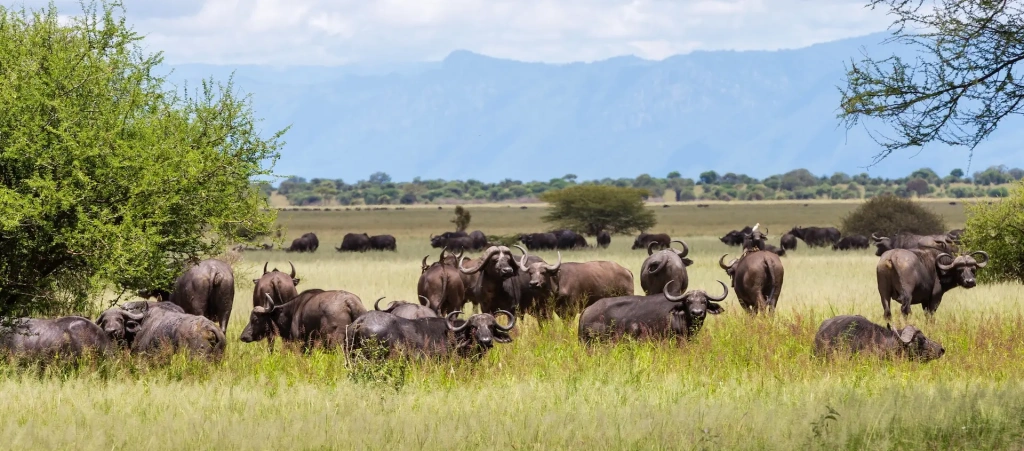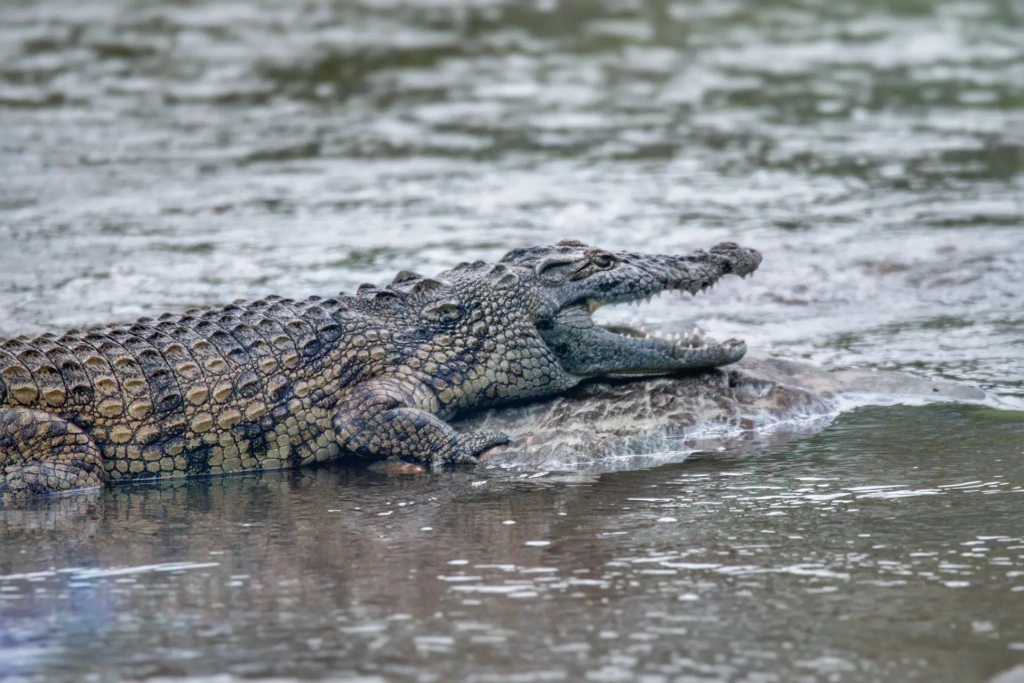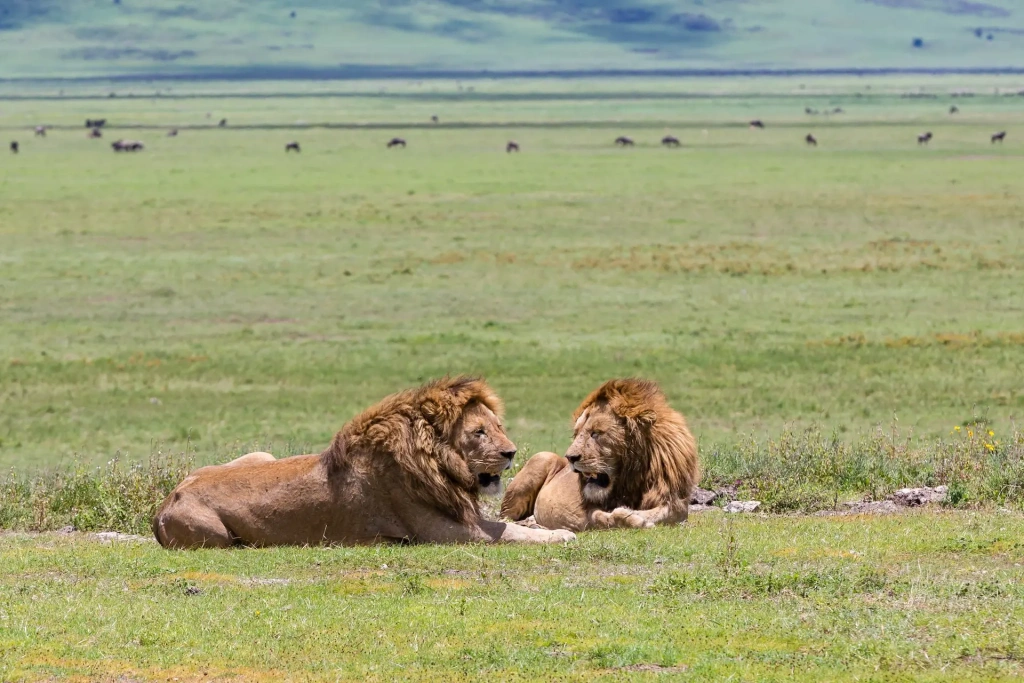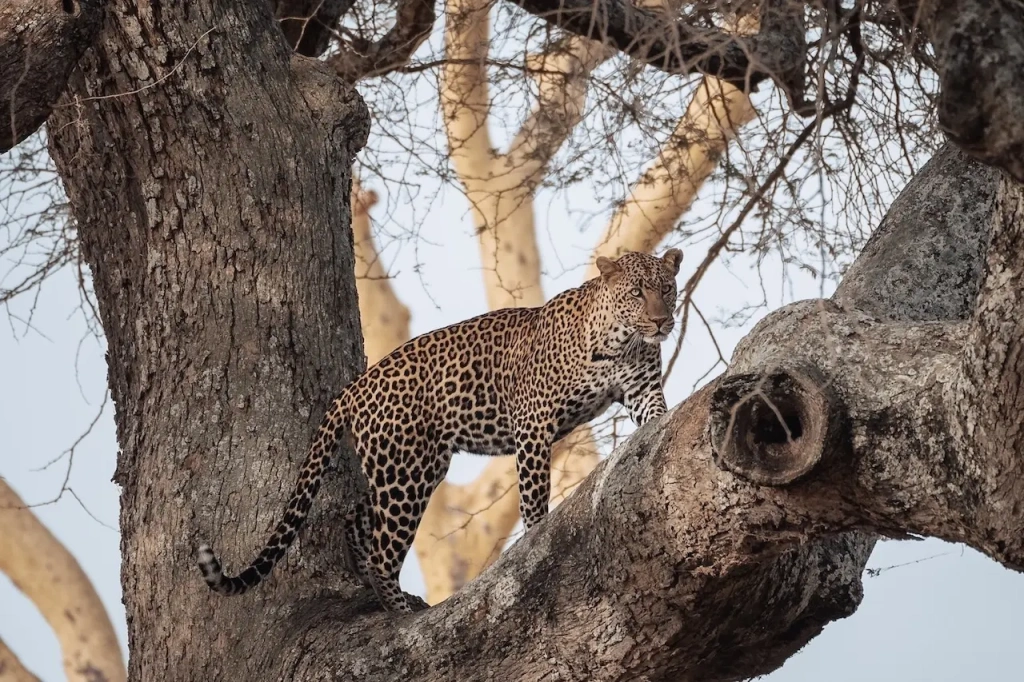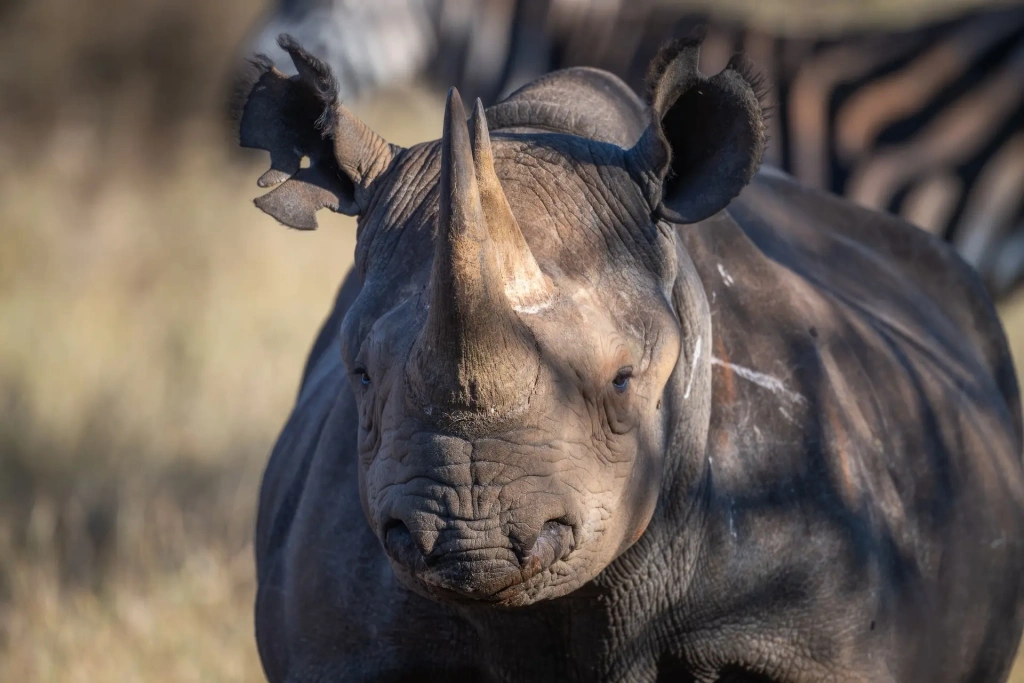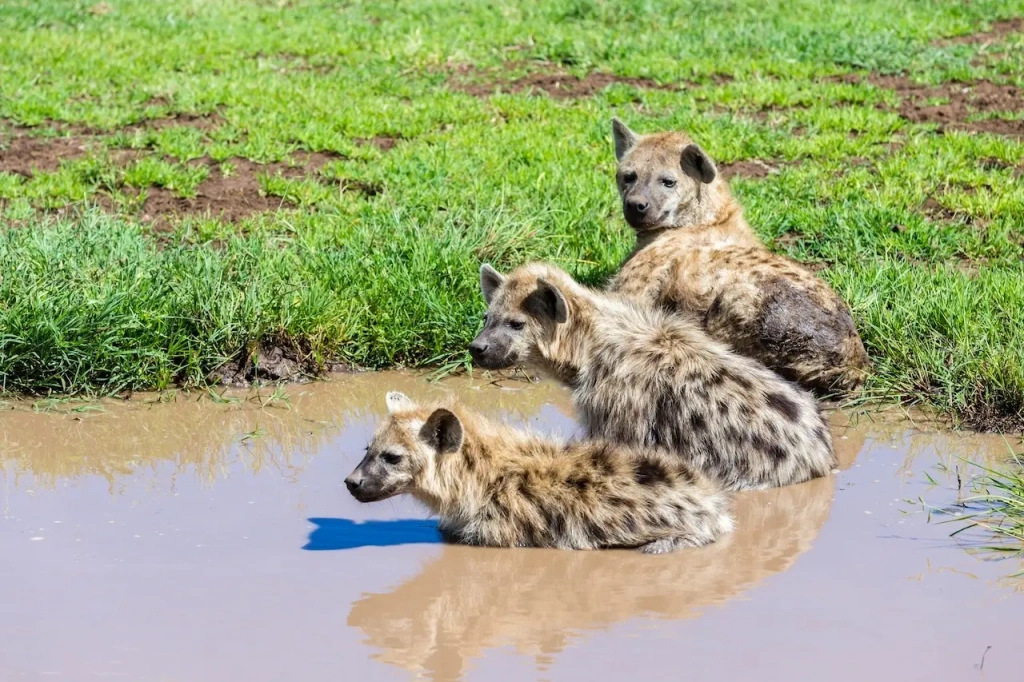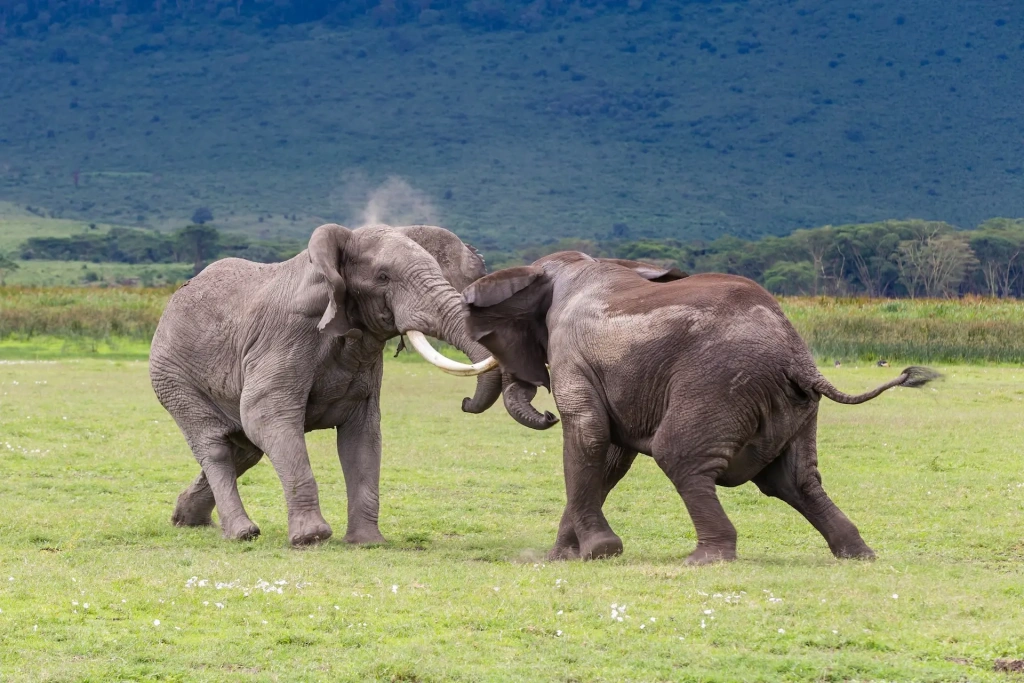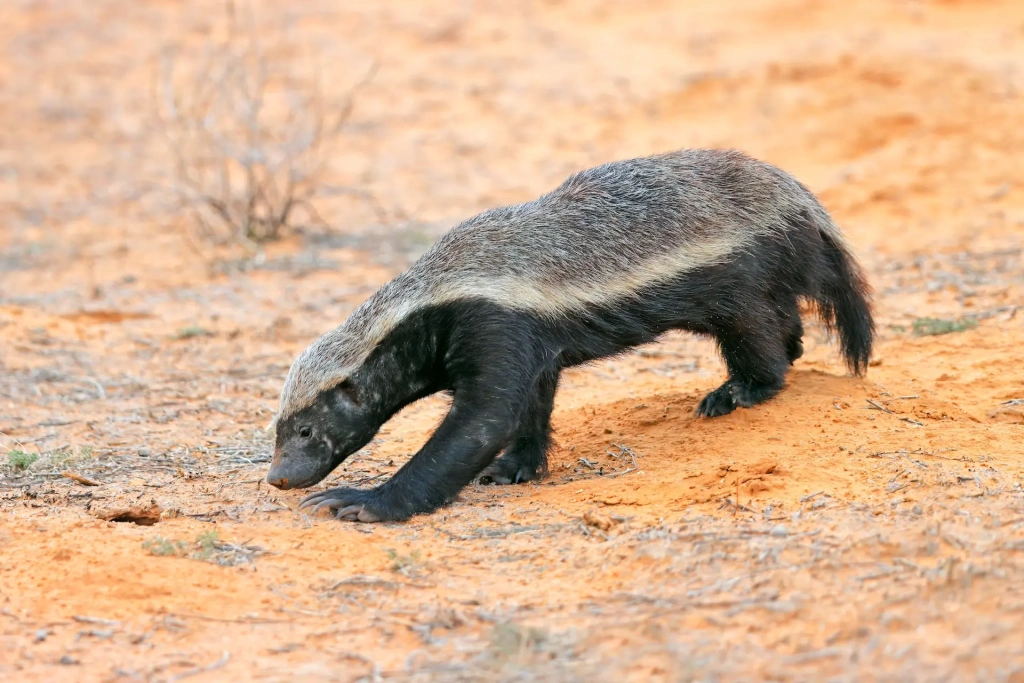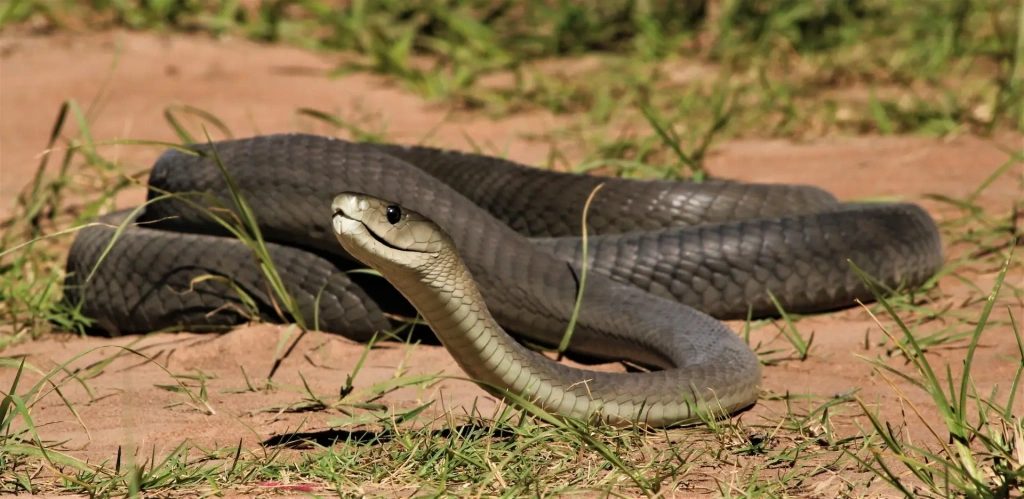The African continent is known for its remarkable diversity of wildlife. Among its many species are some of the most formidable and dangerous animals on Earth, feared for their aggression and deadly attacks. Learn more about the most dangerous animals in Africa in this article by Altezza Travel.
Hippopotamus
The hippopotamus is a massive mammal best avoided. It lives in sub-Saharan countries and inhabits rivers, lakes, and swamps. Weighing up to 1,500 kg (3,300 lbs), a hippo can reach speeds of up to 30 km/h (18.6 mph) on land and 13 km/h (8 mph) in water. Interestingly, hippos do not swim in the way most animals do. Instead, they propel themselves by pushing off the riverbed or walking along it, using their buoyancy to glide between steps.
Are hippos the most dangerous animal in Africa?
Hippos are among the most dangerous animals in Africa. Despite its herbivore status and peaceful appearance, the hippo is highly unpredictable and aggressive, often attacking without apparent reason.
According to recent estimates, hippos kill around 500 people every year — more than lions or elephants. Most conflicts occur when hippos defend their territory. Victims are often fishermen (even in boats) and locals who come to the water.
In the animal kingdom, hippos have virtually no natural predators. Their thick skin protects them from predators’ fangs, and few dare attack such large animals. Only young hippos occasionally fall prey to crocodiles, lions, or hyenas.
Buffalo
The African or Cape buffalo is a herbivore with a notorious temper. Found across sub-Saharan Africa in diverse landscapes, from rainforests to open savannahs and woodlands, they usually stay close to sources of water.
These powerful animals weigh between 700–900 kg (1,540–1,980 lbs), have dark brown or black coats, and distinct curved horns. Buffaloes live in herds ranging from dozens to hundreds. During dry seasons or mating periods, they may form larger groups. Herds mostly consist of adult females, calves, and young males, while older bulls often remain on the fringes — a setup that allows for efficient defense against predators like lion prides.
African buffalo are part of the "Big Five" — the most aggressive and formidable animals known for fiercely defending themselves, their offspring, and their territory. Even old solitary males expelled from the herd pose a serious threat. They may attack an approaching human or animal without warning, even if no aggression is shown. Buffalo have rather poor eyesight, so they rely on their keen sense of smell and hearing to assess their surroundings — which often leads to false alarms and, as a result, preemptive attacks “just in case.”
Cape buffaloes are responsible for an estimated 200 human deaths annually in Africa, earning them nicknames like "Black Death" and "widowmaker."
Their main natural enemies are lion prides and crocodiles, which typically target the young or weak. However, if given a choice, predators usually prefer less dangerous prey like zebras or antelopes.
Nile crocodile
The Nile crocodile is the largest freshwater predator in Africa. It inhabits rivers, lakes, and swamps from Egypt to Senegal and South Africa. Adult males usually grow to 3.5–5 meters (11.5–16.4 feet) in length and weigh 300–700 kg (660–1,540 lbs).
Its elongated body, green or grey-brown, provides ideal camouflage in murky water. The crocodile has powerful jaws and about 64–68 sharp teeth. While fish and waterbirds are its main diet, adult crocs frequently hunt mammals such as antelopes, zebras, buffaloes, and even apex predators like lions and leopards caught off guard near water.
Thanks to specialized respiratory and circulatory systems, crocodiles can stay nearly motionless underwater for up to an hour, ambushing prey. They usually strike suddenly as the victim drinks, dragging it underwater. Attacks on humans are also not uncommon.
Lion
As one of the largest predators in Africa, lions play a crucial role in savanna ecosystems. However, their range is now significantly reduced compared to the past. Today, lions are primarily found in eastern and southern Africa (with the largest population in Tanzania), and small isolated groups exist in western and central regions. They prefer savannas, grasslands, and light woodlands.
Unlike other big cats, lions live in prides, groups of several adult females and males, which gives them advantages in hunting, protecting offspring, and defending territory. These territories can span from 20 to 400 square kilometers (7.7–154 square miles), depending on prey density. The less prey, the larger the area needed.
Within the pride, lionesses do most of the hunting. Being lighter and more agile, they work together to ambush prey and can reach speeds of up to 80 km/h (50 mph) during a chase. They are capable of taking down wildebeests, zebras, buffaloes, and even young elephants or giraffes. Hunting large animals often requires help from the males.
Lions rarely attack humans and almost never for food. Most incidents occur in rural areas near reserves and national parks, where people live close to predators. About 250 people fall victim to fatal lion encounters each year.
Leopard
The leopard is a graceful, spotted predator known for its stealth and strength. It is found across sub-Saharan Africa, from rainforests to open savannas. With a muscular body and low center of gravity, it can run at speeds up to 60 km/h (37 mph) and leap up to 6 meters (19.7 ft) in length and 3 meters (9.8 ft) high.
Its patterned coat provides excellent camouflage in dappled forest light or tall savanna grasses. Leopards are mostly solitary and nocturnal, resting in trees or dense shrubs during the day and hunting at night.
They are known for their fierce aggression when surprised or cornered. A frightened or wounded leopard is considered one of the most dangerous animals — it strikes quickly, inflicting deep wounds with claws and fangs. They’ve been known to attack hunters even after being shot, earning their place in the "Big Five."
Their diet is highly varied, depending on habitat. They hunt large hoofed animals as well as monkeys, birds, hares, lizards, and even scavenged remains. One of their trademarks is hauling prey larger than themselves into trees to protect it from hyenas or lions.
Rhinoceros
Africa is home to two rhino species: white and black. The white rhino, weighing between 1,800 and 2,400 kg (3,968–5,291 lbs), is the second-largest land mammal after the elephant and is generally peaceful and social. Black rhinos are smaller, at 800–1,400 kg (1,764–3,086 lbs), but are known for their temper and aggression.
Historically, both species roamed much of sub-Saharan Africa, but in the 20th century, they were nearly wiped out by poaching for their horns. According to the International Rhino Foundation, around 17,500 white rhinos and 6,500 black rhinos remain in Africa today.
Black rhinos are typically solitary and often found in areas with dense shrubs. Their poor eyesight makes them easily startled by sudden movements or unfamiliar scents, leading to immediate attack. Females with calves and lone males are especially aggressive. While not predators, their aggression is defensive. When charging, they strike with their horns, trying to flip their target, and may trample it — behavior deadly even to large predators.
Spotted hyena
The spotted hyena is an intelligent and social predator, unfairly labeled as a cowardly scavenger. In fact, they are skilled hunters and among Africa’s most dangerous carnivores.
Their range spans nearly all of sub-Saharan Africa. They are common in East African savannas like Serengeti National Park in Tanzania, the semi-deserts of southern Africa, Zambia’s mixed forests, Ethiopia’s hills, and even near large cities. Hyenas live in complex social clans with dozens of members, led by dominant females who are larger and more aggressive than males.
Their diet includes wildebeest, zebras, impalas, gazelles, buffalo calves or weakened adults, and giraffe young. Though long thought to rely mainly on scavenging, studies, including those by zoologist Hans Kruuk, show that hyenas often hunt on their own. Their hunting tactic involves exhausting the prey: strong legs and incredible stamina let them chase animals for long distances, biting at the legs until the prey collapses. Hyenas do not shy away from conflicts with other predators unless outnumbered.
Elephant
The largest land animals on Earth, elephants are known for their gentle nature and immense strength. African elephants live across much of the continent — from eastern savannas to forests and semi-deserts in the west and south.
They are highly intelligent, social mammals with a matriarchal herd structure. Families usually consist of up to 15 individuals, led by an elder female and including her offspring and grand-offspring. Adult males live alone or in bachelor groups, joining the main herd only during mating season.
Elephants are generally tolerant of other savanna residents and have few natural enemies. Because of their size, adults are nearly invulnerable to predators. Only very large lion prides might risk attacking a weak or young elephant, and even that is rare.
This lack of threat means elephants are not usually aggressive, but when they feel seriously threatened, they respond instantly. Elephants often issue warnings before attacking — flapping ears, swinging trunks, and making loud trumpeting sounds.
If provoked, an adult elephant weighing 5–6 tons (11,000–13,200 lbs) may charge, strike with its trunk or tusks, and trample the threat. Such behavior may be triggered by danger to a calf or, in males, by musth — a period of heightened testosterone. During musth, elephants are highly unpredictable and may show aggression without clear reason.
Honey badger
The honey badger, also known as the ratel, is a relatively small predator (60–80 cm or 24–31 in long, weighing 7–13 kg or 15–29 lbs), yet it has earned a reputation as the world’s most fearless animal — even noted in the Guinness World Records. It is found throughout sub-Saharan Africa in plains and foothills, avoiding only dense rainforests and extreme deserts. It mostly lives alone, except during mating season.
Honey badgers have incredibly tough, loose-fitting skin up to 6 mm (0.24 in) thick, making them nearly immune to predator attacks. Even when bitten at the scruff, they can twist around and counterattack with sharp teeth and claws. Snake, scorpion, and bee stings also have little effect. Research from the University of Minnesota has shown that honey badgers have immune systems capable of resisting venom that is deadly to other mammals.
They eat a wide variety of foods — honey, small rodents, birds, snakes, scorpions, insects, reptiles, and even carrion. Honey badgers fiercely defend their kills, fighting off hyenas, lions, and leopards if necessary.
Black mamba
The black mamba is a legendary African snake known for its speed, aggression, and highly toxic venom. It is considered the deadliest snake in Africa and one of the most dangerous in the world. Its habitat includes savannas, woodlands, and rocky areas in East, Central, and Southern Africa.
Despite the name, it is not black on the outside — its body is typically gray-olive or brown. The “black” refers to the dark color inside its mouth. It can reach 2.5–4.3 meters (8.2–14.1 ft) in length and reach speeds of 16–20 km/h (10–12.4 mph) over short distances. Combined with its potent neurotoxic venom, this makes it extremely dangerous.
Black mambas are actually quite shy and usually try to escape when threatened. But if escape isn’t possible, they respond with intense aggression — raising the front third of their body, opening their mouth to show the black interior, hissing, and making mock strikes. If the threat persists, they deliver multiple rapid bites. The venom causes respiratory paralysis and heart failure. Symptoms may appear within 10–15 minutes, and without prompt medical help, death can occur in 4–16 hours.
They feed on rodents and small birds. Their natural predators include birds of prey like eagles and secretary birds, which strike at the head with claws or beaks. Interestingly, honey badgers also hunt black mambas.
What is the most dangerous animal in Africa?
The black mamba is widely regarded as one of the most dangerous and deadliest animals in Africa, as well as one of the deadliest snakes in the world. Known for its aggressive nature, it can deliver a lethal dose of venom in just a single bite.
Other highly dangerous snakes in Africa include cobras, vipers, and the boomslang. While the boomslang has the most toxic venom of any snake, it is generally shy and tends to avoid confrontation, making it less of an immediate threat than the black mamba.
What animal kills the most humans in Africa?
The mosquito. Each year, around 230 million people in Africa are infected with malaria, which is transmitted through mosquito bites. About 500,000 of them die.
What are the 10 most dangerous animals in Africa?
The 10 most dangerous animals in Africa are:
- Hippopotamus
- Buffalo
- Nile crocodile
- Lion
- Leopard
- Rhinoceros
- Spotted hyena
- Elephant
- Honey badger
- Black mamba
All content on Altezza Travel is created with expert insights and thorough research, in line with our Editorial Policy.
Want to know more about Tanzania adventures?
Get in touch with our team! We've explored all the top destinations across Tanzania. Our Kilimanjaro-based adventure consultants are ready to share tips and help you plan your unforgettable journey.















